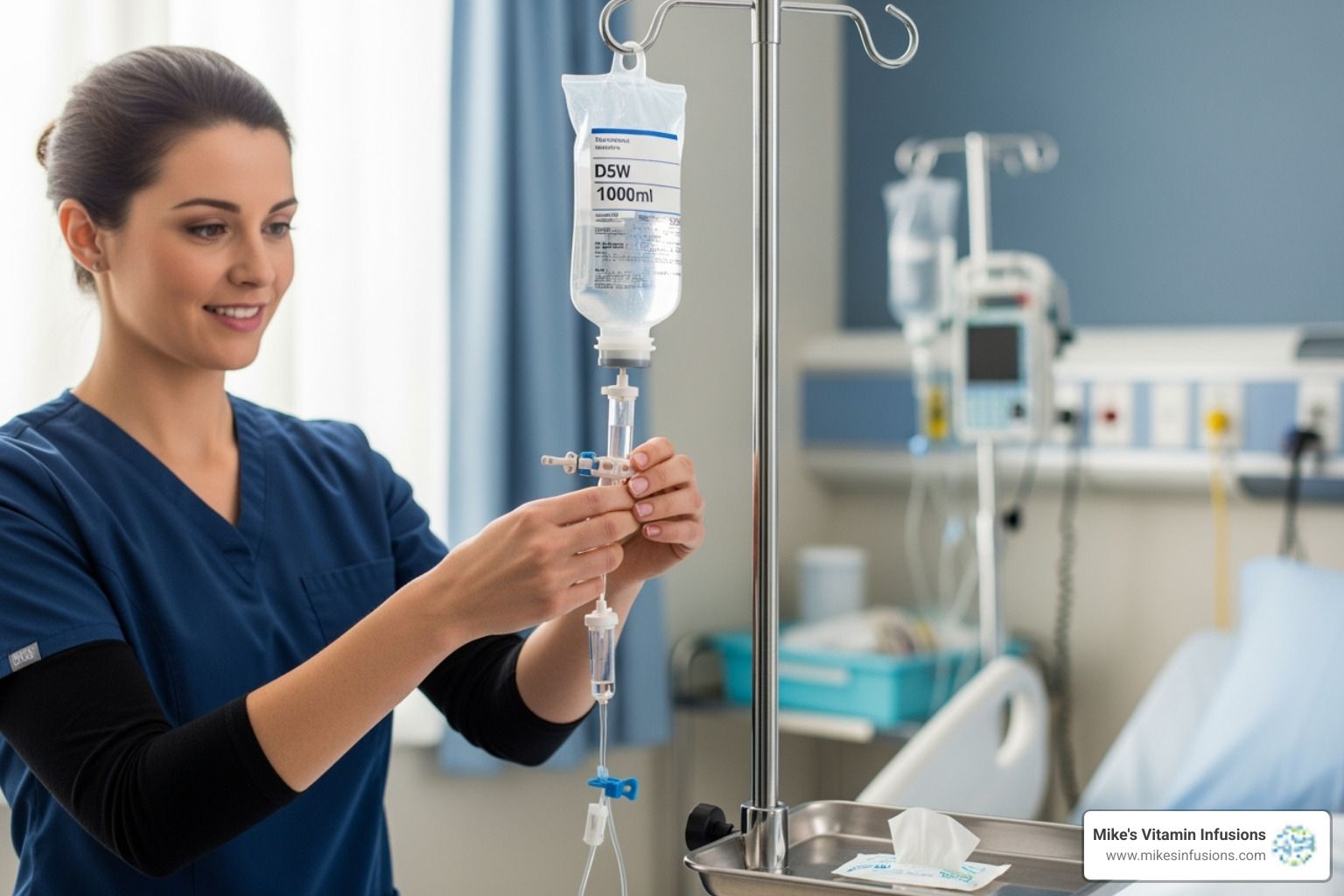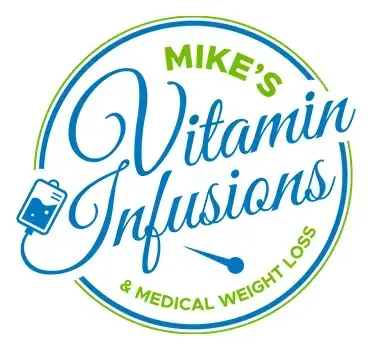Is IV Therapy Safe? Risks, Benefits & Safety Tips
Yes, IV therapy is generally safe when it’s medically indicated, performed by trained clinicians, and done under sterile conditions. However, safety depends heavily on the provider, your health status, and the purpose of treatment. At Mike’s Infusions, we prioritize safety through proper screening, personalized dosing, and expert monitoring to give each client a secure experience. In this article, you’ll learn what makes IV therapy safe, the potential risks and side effects, who should avoid it, and how to choose a qualified provider to ensure every infusion is performed safely and effectively.
What “Safe” Means with IV Therapy
Procedural safety covers how the IV is placed and managed: clean skin prep, sterile single-use supplies, correct vein selection, secure catheter placement, and ongoing monitoring to prevent site pain, swelling, infiltration, or infection.
Formulation safety is about what’s in the drip and why: appropriate fluid volume, electrolytes, and vitamins at clinically sensible doses for a clear purpose. Overall safety also depends on indication (a real medical need vs. general wellness) and provider standards (qualified clinicians, screening, dosing protocols, and emergency readiness).
When Is IV Therapy Considered Safe? (Use Cases)
1) Medically Indicated Scenarios
IV therapy is generally safe when there’s a clear clinical need and it’s delivered by trained clinicians using sterile technique. Common indications include:
- Dehydration or fluid loss (e.g., vomiting, diarrhea, heat illness)
- Malabsorption or inability to take oral meds/fluids
- Diagnosed deficiencies requiring targeted repletion (e.g., iron, B12)
- Medications that must be infused (e.g., antibiotics, chemotherapy, biologics)
During medically indicated scenarios dosing is individualized, vitals are monitored, and protocols guide infusion rates, compatibility, and adverse-event management.
2) Wellness or Elective Use
For otherwise healthy people seeking “energy,” “immunity,” or “recovery” drips, evidence of added benefit is limited. Safety can still be maintained, but only with strict screening, conservative dosing, and qualified oversight.
How to weigh it safely:
- Ensure a health review to rule out kidney/heart issues and drug interactions.
- Prefer personalized formulas over one-size-fits-all megadoses; confirm monitoring and emergency readiness are in place.
Risks & Side Effects of IV Therapy
- Bruising or site irritation. Usually mild and resolves quickly. Tell your clinician if pain or swelling increases.
- Dizziness or lightheadedness. Can occur during or after infusion. Sitting or lying down typically helps.
- Metallic taste or warmth. Short-lived sensations from certain vitamins/meds. They fade soon after the drip.
- Infiltration or extravasation. Fluid leaking outside the vein can cause swelling or burning. Stop the infusion and seek assessment.
- Infection at the IV site. Rare with sterile technique but possible. Watch for redness, heat, or fever and report promptly.
- Fluid or electrolyte imbalance. Too much volume or incorrect composition can stress the heart or kidneys. Careful dosing and monitoring reduce this risk.
- Allergic or sensitivity reactions. Rashes, itching, or breathing issues can occur. Immediate clinical response is essential.
Who Should Avoid or Use Caution with IV Therapy
- Kidney or heart conditions. Fluid shifts can strain organs; get medical clearance.
- Uncontrolled high blood pressure. Rapid infusions may raise BP; stabilize first.
- Pregnancy or breastfeeding. Proceed only under clinician guidance.
- Bleeding disorders or blood thinners. Higher bruise/bleed risk at the IV site.
- G6PD deficiency (high-dose vitamin C). Risk of hemolysis; avoid unless specialist approves.
- Drug interactions or allergies. Some ingredients interact; review meds and past reactions.
- Recent illness, fever, or active infection. Postpone until medically evaluated.
- History of fainting/vasovagal episodes. Needs extra monitoring and positioning.
- Under 18 (elective use). Avoid unless prescribed by a pediatric clinician.
- Prior adverse reaction to an infusion. Requires specialist review and an alternative plan.
How Mike’s Infusions Ensures IV Therapy Is Safe

At Mike’s Infusions, we believe that answering the question “Is IV therapy safe?” starts with how the service is delivered. Before you even choose from our IV menu and pricing, every client completes a health review and consultation to screen for concerns like kidney issues, heart conditions, or fluid imbalance. That means when you arrive at Mike’s Infusions, you’re not just booking a drip from the menu, you’re booking a clinician-led, safety-focused experience tailored to your needs.
During the actual infusion, we maintain high standards: sterile equipment, qualified staff, proper infusion rates, and monitoring throughout. To keep things safe and effective, we focus on:
- Pre-infusion screening and personalized IV formulas
- Continuous monitoring during the infusion site checks, vital signs, and comfort
- Clear after-care instructions and follow-up support
Finally, we also manage expectations around risks, benefits, and realistic outcomes. If IV therapy is appropriate for your hydration, nutrient recovery or wellness goal, we’ll proceed but if you're in a high-risk group or the evidence is thin, we’ll guide you to safer alternatives first. This approach means when you ask “Is IV therapy safe?”, the answer at Mike’s Infusions is yes, because safety is built into every step, not just the drip itself.





